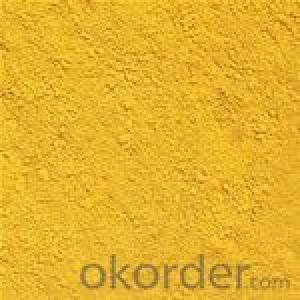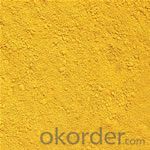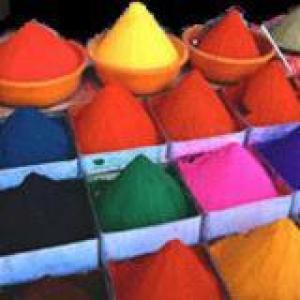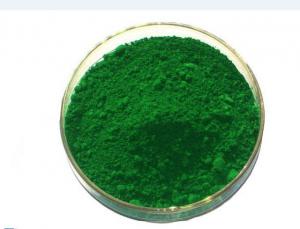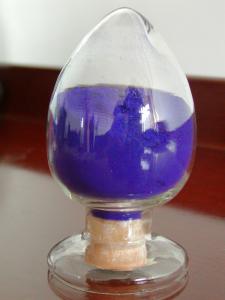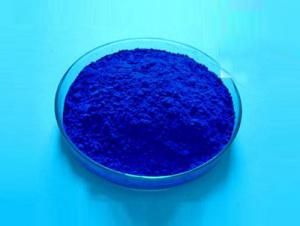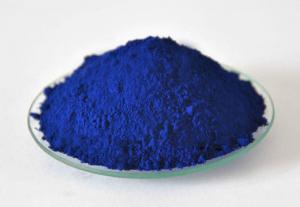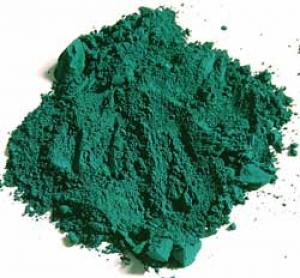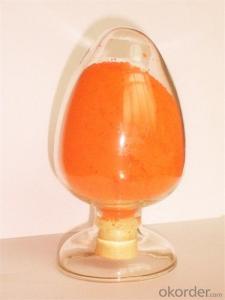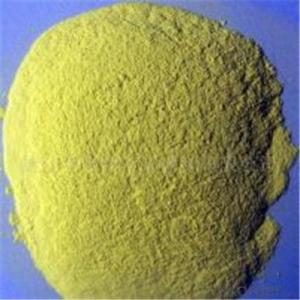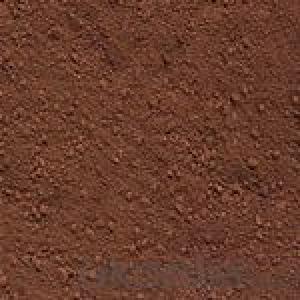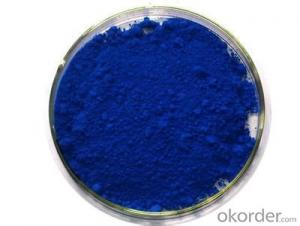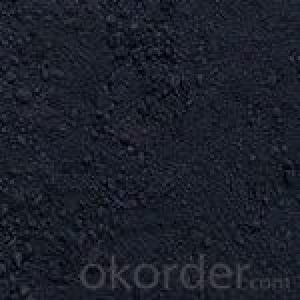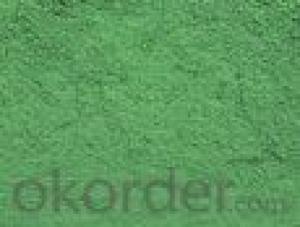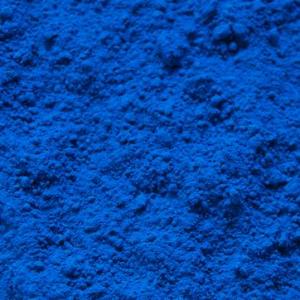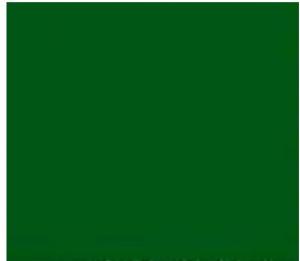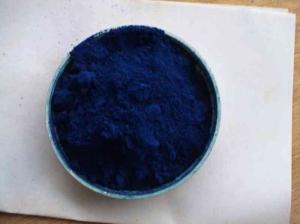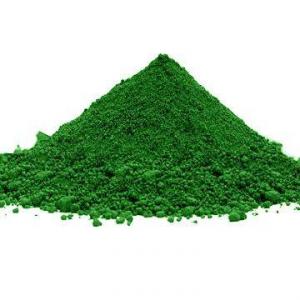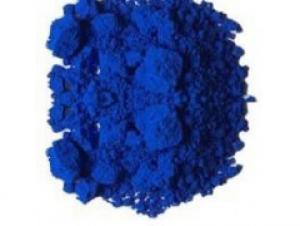iron oxide yellow pigment 313
- Loading Port:
- China Main Port
- Payment Terms:
- TT OR LC
- Min Order Qty:
- -
- Supply Capability:
- -
OKorder Service Pledge
OKorder Financial Service
You Might Also Like
Quick Details
· CAS No.: 51274-00-1
· Other Names: ferric oxide yellow
· MF: Fe2O3
· EINECS No.: 257-098-5
· Place of Origin: China (Mainland)
· Usage: Ceramic Pigments, Coating Pigment, Cosmetic Pigment, Ink Pigments, Plastic & Rubber Pigment, Leather Pigments, paint and coating
· Brand Name: Bright Sun
· Model Number: 313
· Type: Iron Oxide
· Style: Inorganic Pigment
· product: iron oxide yellow pigment 313
· type: iron oxide
· model: 313
· style: inorganic pigment
· color index: P.Y.42(77492)
· grade: industrial grade
· tinting strength: 95-105
· Process: wet method
· appearance: yellow powder
· Certificate: ISO9001
· Packaging & Delivery
Packaging Details: | 25kgs/bag(colored valve bag/craft paper compound bag/plastic woven bag lined with plastic film/); 500kg or 1000kg big bags; 12MT/20'FCL, on wooden pallet; iron oxide yellow pigment |
Delivery Detail: | Within 2weeks after receiving the deposit or L/C |
Specifications
1 iron oxide yellow powder
2 good covering ability and weather resistance
3 fine dispersion
4.20years factory
1. Properties:
Strong tingting strength, excellent coverage.
Good dispersion.
Good weatherability.
2. Specifications:
Item | Index |
Primary color |
|
Diluted color |
|
Iron content (Fe2O3) 105℃ drying%≥ | 86 |
Fineness (325 mesh wet sieve residue)%≤ | 0.3 |
Oil absorption, g/100g | 25-36 |
Moisture & 105℃ volatile% | 1.5 |
Water solubles% ≤ | 0.5 |
Water suspended matter PH value | 4-6 |
Relative tinting strength (compared with standard sample%) ≥ | 100± |
3. Application:
a. paint, coating, plastics, rubber, printing ink industries.
b. The construction materials: concrete, bricks, pavig-blocks, colorful tiles, ect.
4. Packing:
Net weight 25 kg in craft paper bag or knitting bag with plastic liner or as per clients' request. 13 MT/20'FCL
- Q: What are MAC eyeshadow pigments? Are they just like regular eyeshadow.. are they used the same way? Has anyone tried them and liked them?
- .
- Q: like what's the definition relating to sunlight
- Pigments are substances which are used familiarly to create pictures and printings. Pigments give an object a color when in a field of incident white light. Pigments themselves absorb a set of incident colors of light and reflect all others. When multiple pigments are mixed, their ability to absorb colors is added, such that their ability to reflect colors is subtracted.
- Q: okay so I have always used all the cheap makeup and I am sick of it! I was wondering if mac pigments will give me a lot of color without having to use half of the container. Most eyeshadows look nothing like they are supposed to on me. they are like 100 times lighter. I have seen beautiful things done with the pigments but they look like they could get everywhere really easy. will they give me vibrant color without getting all over?
- Unlike cheap and nasty makeup there great you only need a tiny bit and it goes so far, vibrant yes there colours are great and come out like there suppose to and stay on for ages, although they can get a bit messy if you'v never used them before, but in saying that use it a few times and you'l get it in no time.
- Q: what pigment are? give two example
- i need example sentences of pigment.. Thanks.. :)
- Q: What does it mean when something is highly pigmented?
- vibrancy of the color. So something highly pigmented is something that has a very clear, nice, color
- Q: what are the differences between colorfast and non colorfast pigments?
- Pigments, are generally solids and are usually insoluble in the medium in which the pigment is being used. Pigments, are typically used instead of dyes in applications where color migration or bleeding is undesirable. One possible approach to create a colorfast pigment for use in something like toothpaste would be in a layered anion exchange material which is contacted with the dye under conditions in which a water-insoluble pigment is obtained. The water soluble dye and the layered anion exchange material would normally be contacted together in a liquid medium in which the dye has been dissolved. The layered anion exchange material is preferably a layered aluminate of some kind. Generally, pigments are graded by international standards for color fastness. Eight is the most color fast, and anything over six will do quite well out-of-doors. As ancient Frescoes, sand paintings, petroglyphs and other pure-pigment art demonstrate, certain pigments can remain in direct sunlight for thousands of years without any indication of fading. These pigments are earth, metal, and chemical colors that are neither dyes nor tints. Dyes and tints, such as alizarin crimson, berry juice, etc. will bleach quickly due to ultraviolet exposure that occurs in direct or indirect sunlight. Today most paints are derived from much different sources than they were as recently as fifty years ago. Real cadmium, cobalt, copper oxide, to name a few, are no longer used. They are now formulated to appear similar to the traditional pigments. They may be extended out with white, resulting in an appearance that can differ with traditional counterparts. For the most part these new colors are very colorfast and without the addition of medium or varnish they will not fade when left in direct sunlight.
- Q: How do you use pigments?
- you can use it in a few places such as your lips, cheeks, eyes
- Q: how to prepare coloured pigments?
- Chemically, pigments fall into a number of large groups, but these are often arbitrarily divided into two major groups. The first group comprises pigments that contain nitrogen; it includes hemoglobins, chlorophylls, bile pigments, and dark-colored pigments called melanin, widespread in many animal groups and the chemical that is responsible for variations in the color of human skin. Related to melanins are the indigoids, of which the well known plant pigment indigo is an example. Riboflavin, which is also known as vitamin B12, is one of a number of pale yellow to green pigments that are produced by several plant groups. The second group is formed of pigments without nitrogen. Carotenoids are members of this group, as are the important plant pigments called flavonoids. In leaves, flavonoids selectively admit light wavelengths that are important to photosynthesis, while blocking out ultraviolet light, which is destructive to cell nuclei and proteins. Flavonoids are also important in flower color, in particular providing red and blue pigments. Bright fall colors are produced by the conversion of colorless flavonoids, called flavonols, into colored forms, called anthocyanins. Quinones provide many yellow, red, and orange pigments, including several useful dyes derived from insects that feed on plants containing the quinones. Cochineal, for example, is a red pigment obtained from the fat cells of scale insects that feed on cactus plants.
- Q: Can somebody answer this in AP BIO language please
- A pigment molecule absorbs at specific wavelength(s), meaning that when light of a specific wavelength is incident to the molecule only certain wavelengths are absorbed while others are transmitted. The spectrophotometer emits monochromatic light (light of only one wavelength) which passes through the pigment molecule and a detector determines the amount of light that is either absorbed or transmitted by the sample. This is done at wavelengths from the UV (180-330 nm) to the visible (330-700 nm) and the light that is either transmitted or absorbed is detected by the spectrophotometer and is able to be graphed with absorbance representing the y-axis and wavelength representing the x-axis. The resultant graph will depict the absorption spectrum of that particular pigment molecule. Hope that helps.
- Q: hahahai have no clue what that means!
- Color.
Send your message to us
iron oxide yellow pigment 313
- Loading Port:
- China Main Port
- Payment Terms:
- TT OR LC
- Min Order Qty:
- -
- Supply Capability:
- -
OKorder Service Pledge
OKorder Financial Service
Similar products
Hot products
Hot Searches
Related keywords
